Construction mistakes can be costly, both in terms of finances and human safety. Even the most iconic structures, celebrated for their architectural brilliance, have not been immune to construction mishaps. Today, we’ll take a closer look at some notorious examples, delving into the lessons learned from each to prevent history from repeating itself.
1. Tacoma Narrows Bridge, Washington
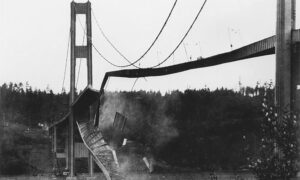
Completed in 1940, the original Tacoma Narrows Bridge was the third longest suspension bridge in the world at the time. Unfortunately, this engineering marvel quickly earned the nickname “Galloping Gertie,” due to its tendency to sway dangerously in the wind. Just four months into its existence, a wind-induced stability problem led to its eventual collapse, a culmination widely attributed to design errors.
Did you know: Wind engineering has since become a critical aspect of bridge design, with advanced simulations ensuring structural resilience against nature’s forces1.
2. The Aon Center, Chicago
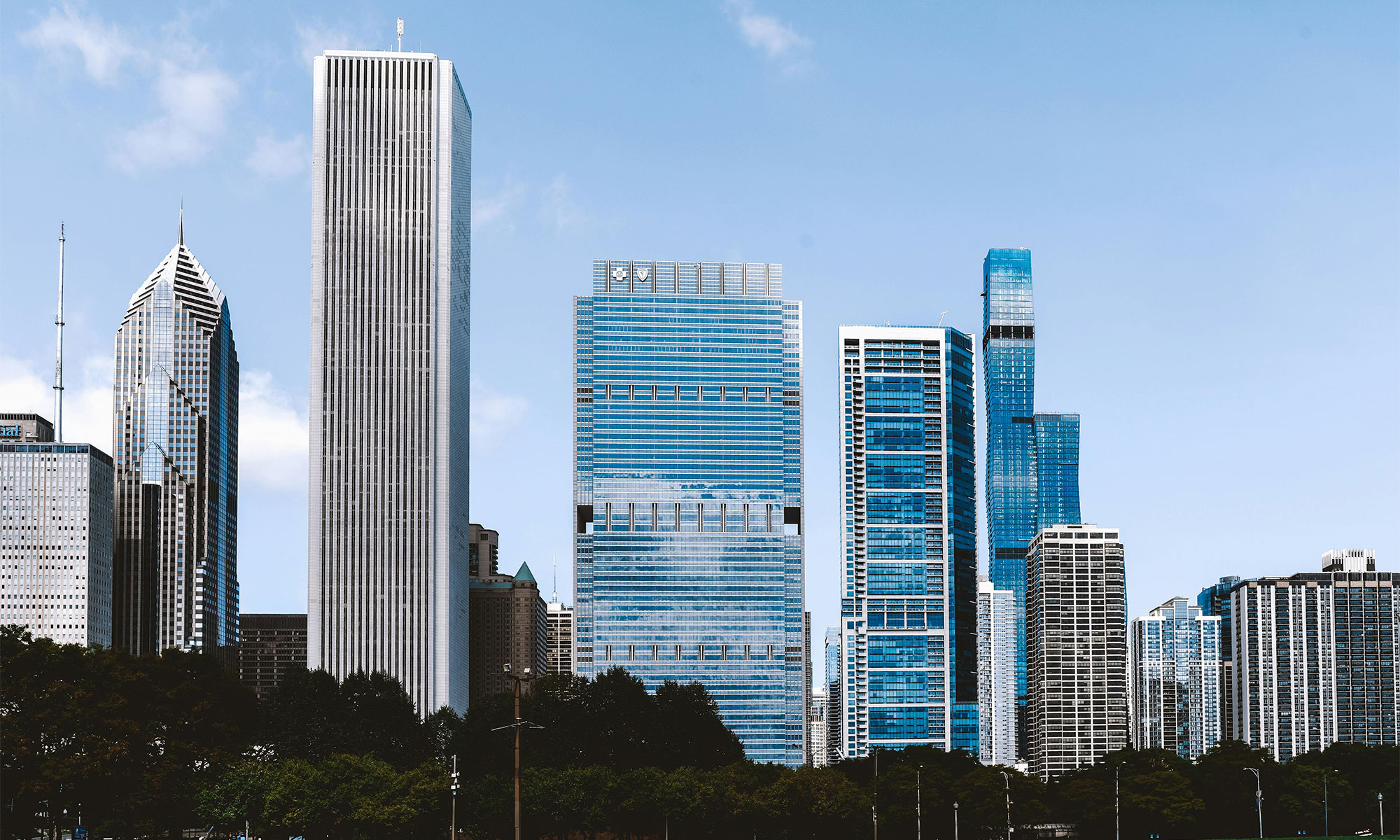
When the Aon Center was completed in 1973, it was the tallest building in Chicago with its timeless Italian Carrara marble exterior. However, merely a decade after its unveiling, the marble facade started to crack and bow under the pressure of wind and weather. Experts found that the marble used was too thin to handle the Chicago weather conditions, a decision made in a bid to cut costs, leading to a complete replacement of the facade. The construction mistake resulted in a substantial cost of $80 million.
Did You Know: Modern skyscrapers employ cutting-edge technologies such as reinforced glass and comprehensive safety measures to withstand the elements2.
3. 20 Fenchurch Street: London’s “Walkie Talkie”
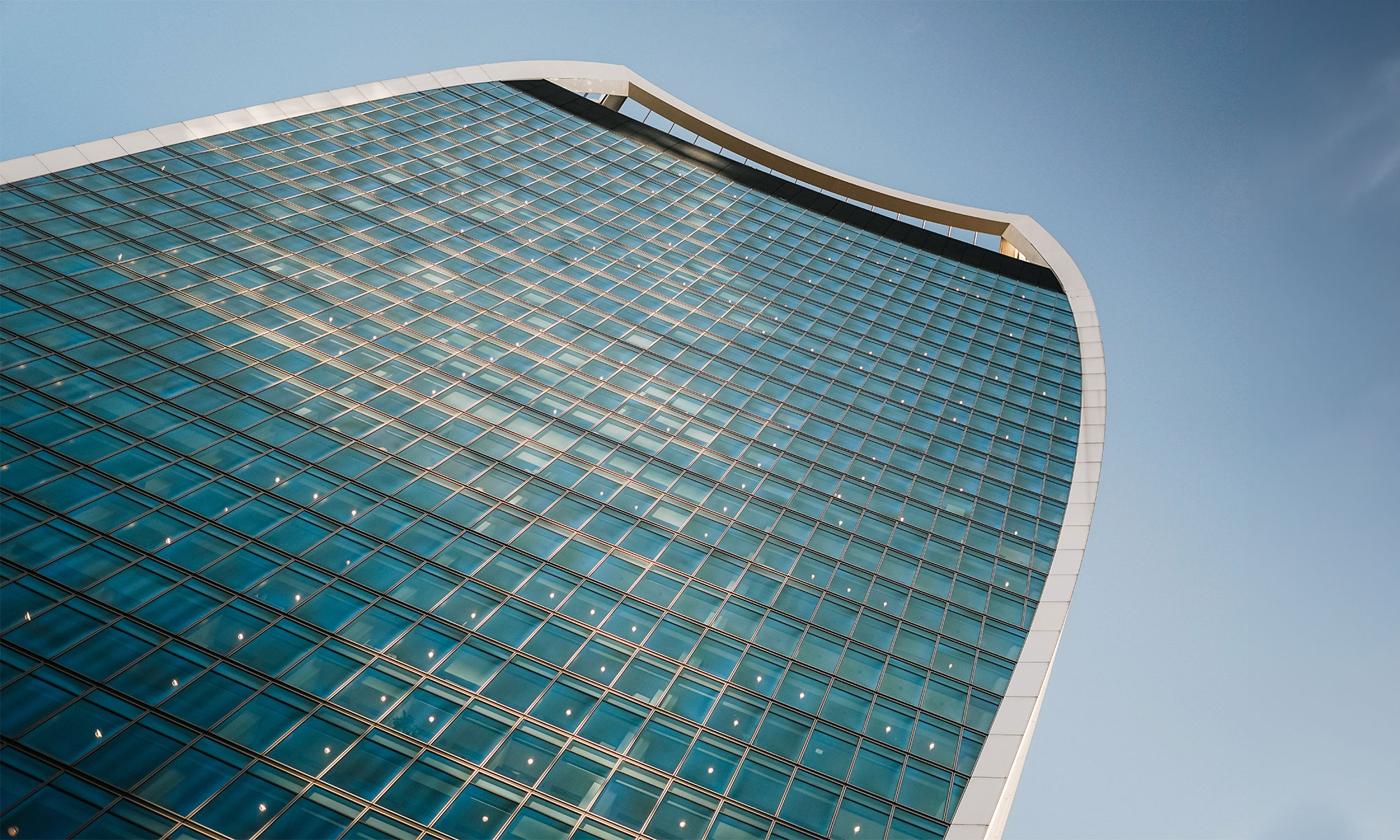
This 525ft skyscraper, informally known as “The Walkie Talkie,” offered stunning views of the London skyline. However, the building’s unique curved design resulted in an unexpected “death ray” phenomenon, which concentrated sunlight onto the streets below. In 2013, this focused beam melted parts of a parked car, leading to costly alterations to the building’s south-facing facade.
Did You Know: Architectural innovations now include computer simulations to anticipate and mitigate unintended environmental consequences3.
4. Sydney Opera House
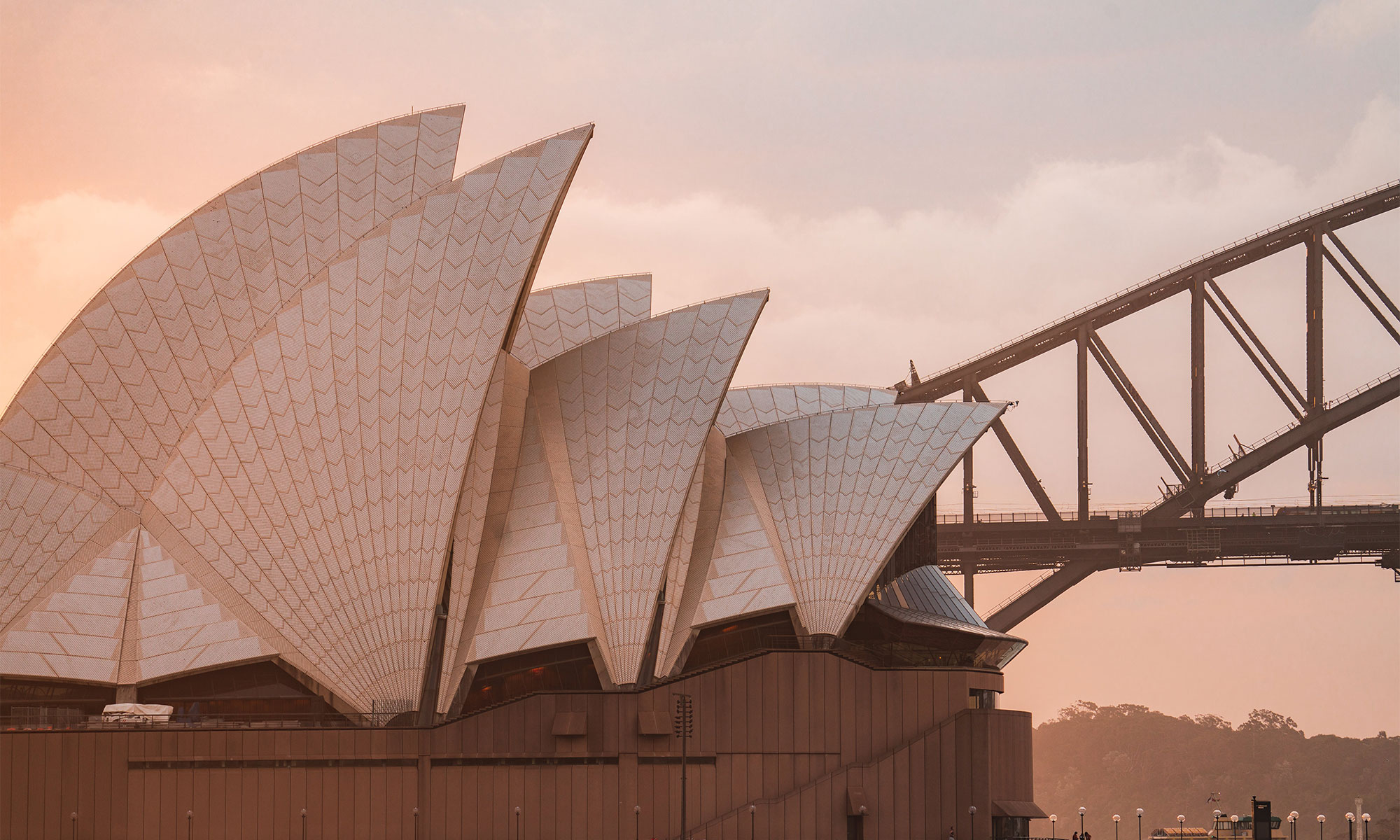
The Sydney Opera House, a UNESCO World Heritage Site, is an architectural triumph albeit marred by construction challenges. The famous building, which opened in 1973, experienced a cost blowout with the final bill ending up at AUD 102 million instead of the initial budget of AUD 7 million.
Did You Know: Project management tools and methodologies have evolved, enabling better control over budgets and timelines4.
5. Seongsu Bridge, Seoul
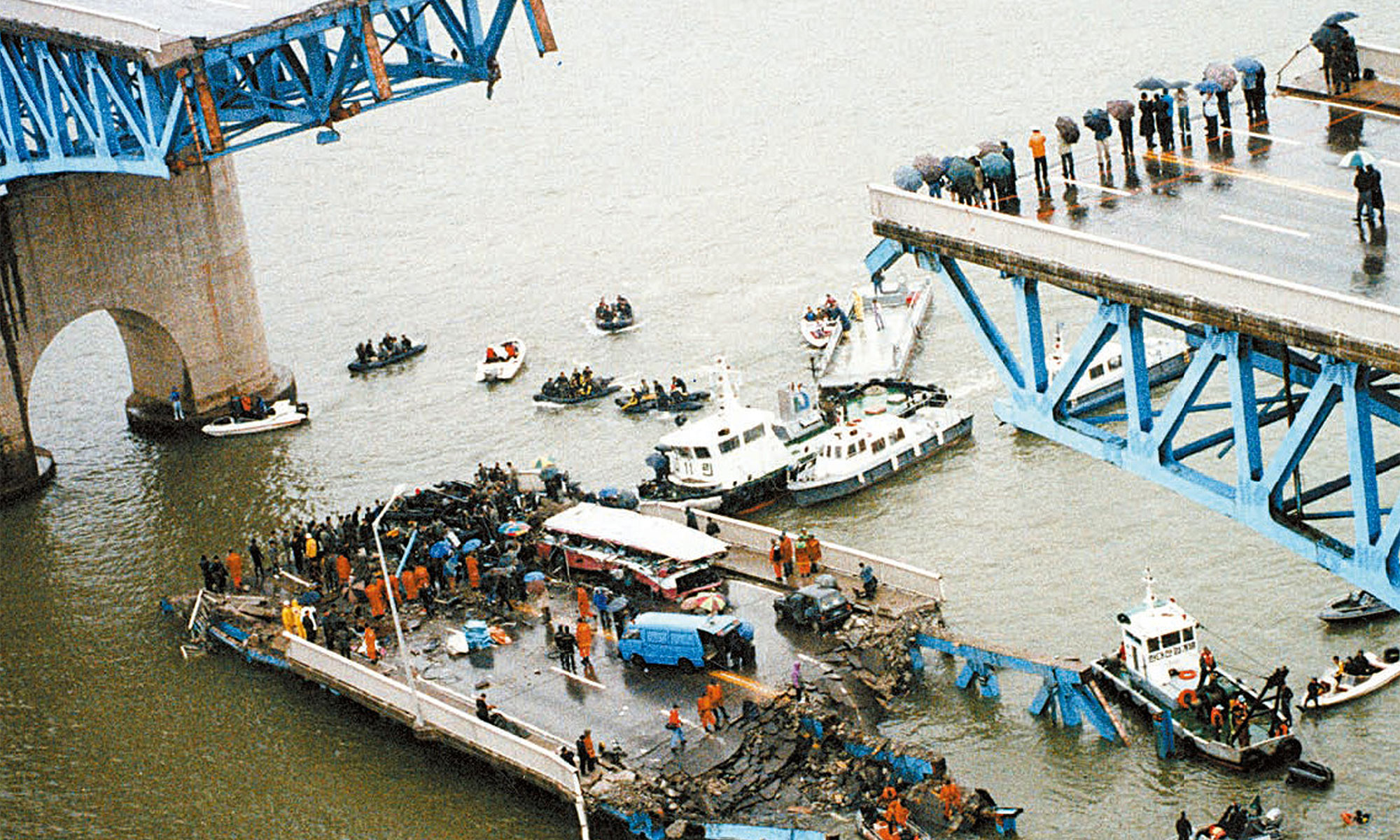
The Seongsu Bridge was a busy arterial overpass in Seoul that tragically collapsed in 1994, leading to considerable loss of life. The collapse was primarily attributed to the poor quality of the steel used in suspension stays, a component that plays a critical role in maintaining structural integrity.
Did You Know: Advanced inspection technologies, such as drones and sensors, play a crucial role in maintaining infrastructure safety5.
6. Lotus Riverside, Shanghai
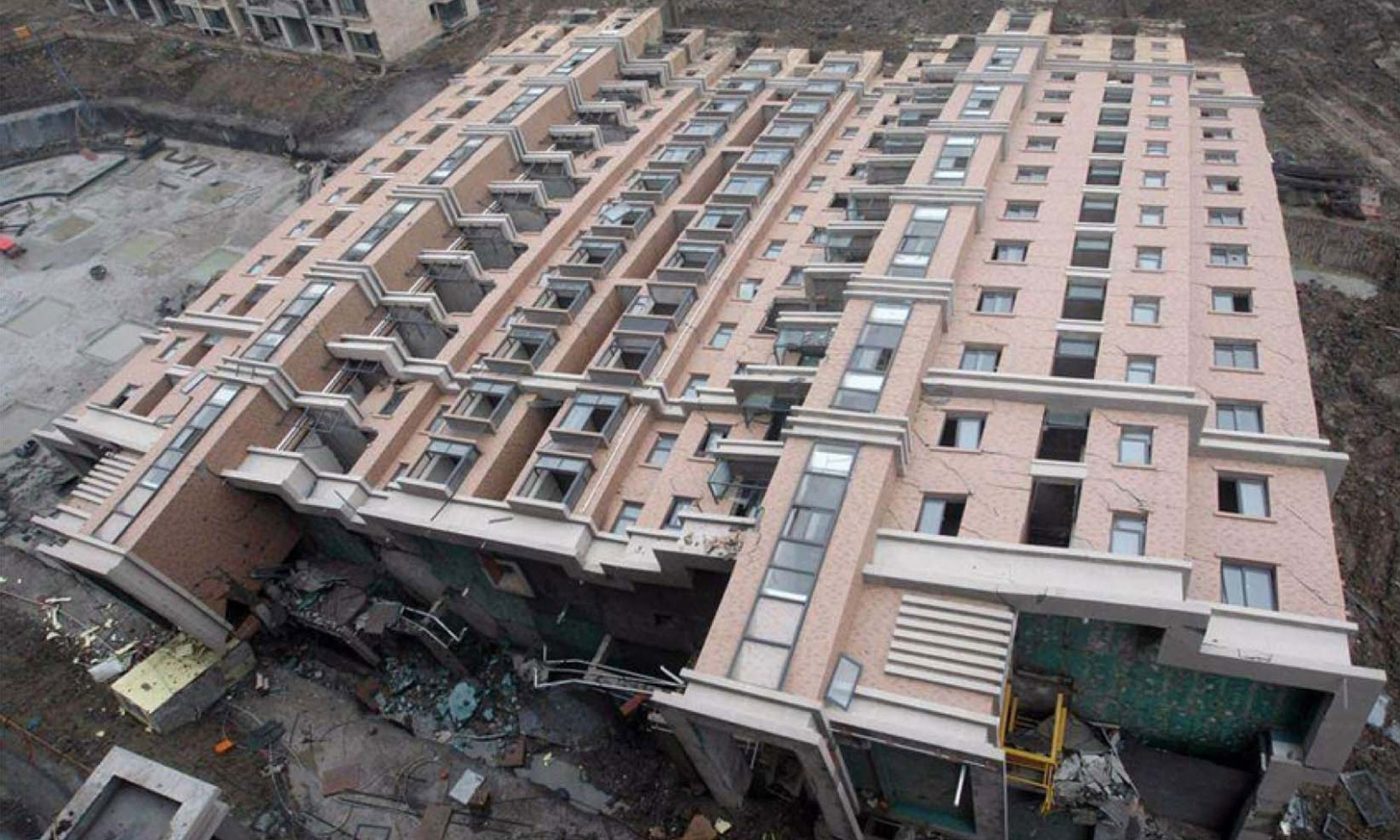
The Lotus Riverside is a stark reminder of the many challenges of rapid urban development. A block of the residential apartment complex toppled in 2009, killing one worker. Incorrectly excavated soil and negligently piled earth were found to be the key causes, resulting due to an error in the construction process.
Did You Know: Geotechnical engineering advancements have led to more accurate soil assessments, preventing foundation failures6.
7. The Leaning Tower of Pisa
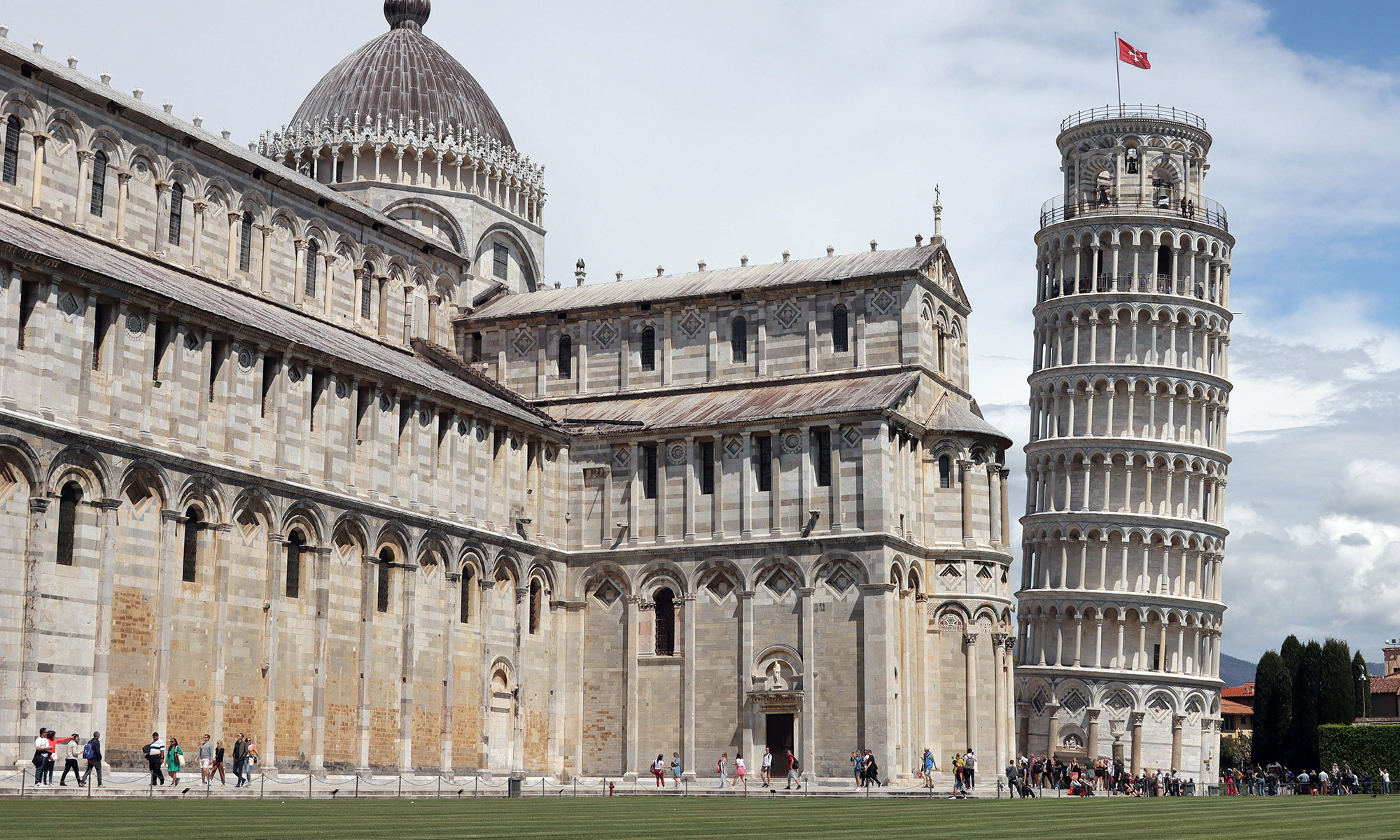
Perhaps the most famous construction mistake in history, the Leaning Tower of Pisa, is a testament to the unpredictable nature of foundation soils. The soft, unstable clay under the tower caused it to lean during its construction in the 12th century. After many interventions, it finally stabilized in the 21st century, while retaining its iconic tilt.
Did You Know: Ongoing monitoring and stabilisation efforts showcase the adaptability of construction practices, ensuring the longevity of historical landmarks7.
By examining the mistakes of the past, we pave the way for a safer and more robust future in construction. Each incident serves as a lesson, prompting the industry to innovate, implement stricter safety measures, and continually refine the art of building for generations to come. To build a safer future in construction, we need smart solutions. OmTrak is one such solution. It helps teams foresee and fix problems early on. With tools to assess risks and manage projects better, OmTrak ensures everyone stays on the same page and can help to avoid these construction mistakes in the future.
References
1: “Tacoma Narrows Bridge (1940)”, HistoryLink
2: “Aon Center (Chicago)”, Encyclopaedia Britannica
3: “20 Fenchurch Street”, Rafael Viñoly Architects
4: “Sydney Opera House: Construction and Architecture”, Sydney Opera House
5: “Seongsu Bridge Collapse”, International Association for Bridge and Structural Engineering
6: “Lotus Riverside: a soil mechanics disaster”, ICE Virtual Library
7: “Leaning Tower of Pisa”, Pisa
